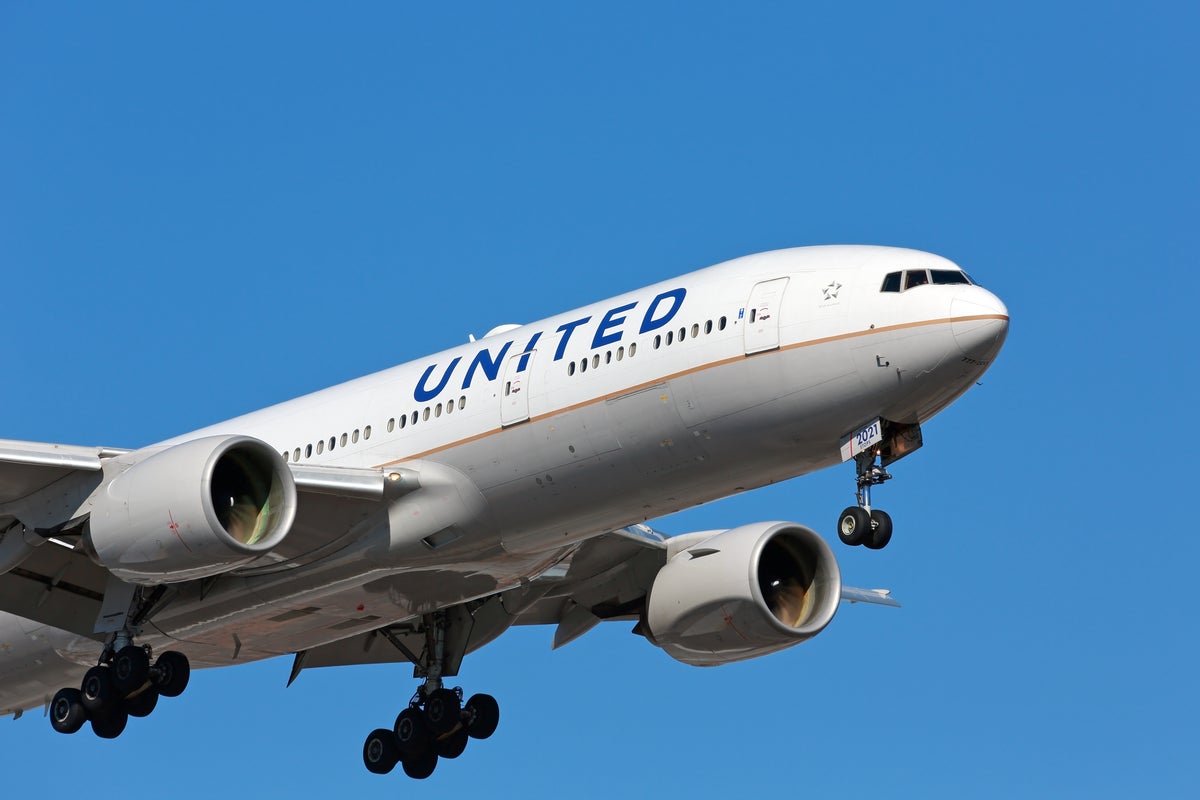
Boeing and aviation regulators hit back at claims that a fleet of airplanes have an electrical flaw near a fuel tank that could potentially cause a fire or explosion, explaining there is not an immediate safety issue.
According to earlier reports in the Daily Mail and New York Post, Boeing’s 777 liners are at risk of “electrostatic discharge” near its center-wing fuel tank.
“The accumulation of electrostatic charge in the cover plate assembly and the float valve assembly, which is attached to the cover plate assembly, could lead to electrostatic discharge to the surrounding structure,” according to an Airworthiness Directives rule posted by the Federal Aviation Administration.
“This condition, if not addressed, could result in an ignition source inside the fuel tank and subsequent fire or explosion.”
In statements to The Independent on Thursday, the FAA said there was not an immediate safety risk to flights, and Boeing said the standard regulatory process had been "sensationalized".
“The FAA bases its airworthiness directive timelines on the risk involved. If the agency determines something is an urgent issue, it requires immediate action," an aviation regulatory source told The Independent.
"The proposed Boeing 777 airworthiness directive would give operators a certain amount of time to make the fixes that Boeing described in its November 2023 alert.”
In an email, Boeing described the Daily Mail’s original story as "misleading and reckless”.
“It makes incorrect connections and sensationalizes the standard regulatory process that has helped ensure air travel is the safest form of transportation,” the aircraft manufacturer said. "This is not an immediate safety of flight issue. There are multiple redundancies designed into modern commercial airplanes to ensure protection for electromagnetic effects. The 777 fleet has been operating for nearly 30 years, and has safely flown more than 3.9 billion passengers.”
The airworthiness directive would impact 292 airplanes in the US. American Airlines and United are among the airlines which operate Boeing 777 liners.
In the directive, the FAA proposed that electrical bonding and grounding should be installed on the 777 liners as well as new fasteners on the cover plate. The federal agency also proposes that existing maintenance or inspections should be revised to incorporate new airworthiness limitations.
In a separate statement, the FAA said: “The proposed [airworthiness directive], which the FAA issued in March 2024, would require installing electrical bonding and grounding to a component in the center fuel tank. It would make mandatory service actions that Boeing described in a November 2023 alert bulletin.”
Boeing’s safety record has been scrutinized since a door panel on a 737 Max 9 jet blew out over Oregon in early January. The panel plugged a space left for an extra emergency door on the jet, which was operated by Alaska Airlines. Pilots were able to land safely, and there were no injuries.
The company is also facing complaints from ten whistleblowers, and two men who publicly spoke out against the troubled company died in recent months. Earlier this week, the family of one of the deceased Boeing whistleblowers says that they hold the aircraft manufacturer responsible for his death, even if the company had not “pulled the trigger”.
John Barnett, 62, a quality control engineer at Boeing for 32 years, died by suicide in March. At the time he was testifying in a lawsuit against the aircraft manufacturer.
Joshua Dean, who worked as a quality auditor at Spirit AeroSystems, died earlier this month, according to his family. The 45-year-old, who had an active lifestyle and was believed to be in good health, passed away in hospital following the onset of a fast-moving infection.
This article was updated on 23rd May, 2024 with statements from the Federal Aviation Administration and Boeing







